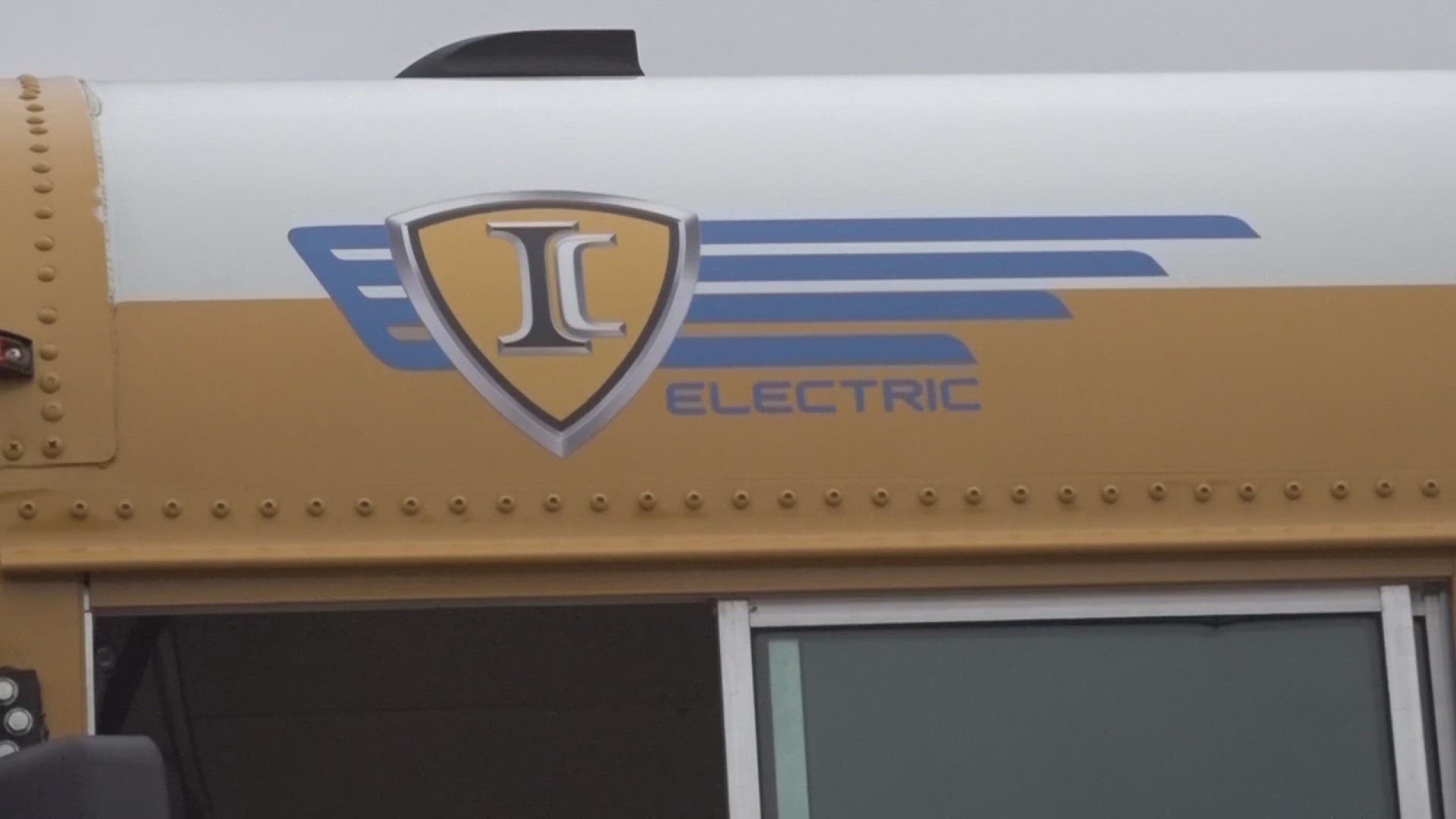(CNN) — Members of the Chinese military have been spotted cleaning up Hong Kong’s streets after one of the most violent weeks the city has seen in over five months of demonstrations.
But the presence of the People’s Liberation Army (PLA) has prompted concern from some in the city, including a group of pro-democracy politicians who have demanded that Hong Kong’s government explain whether it requested public security and disaster relief assistance from China.
Chinese soldiers stationed in Hong Kong joined pro-China Hong Kong residents on Saturday to help clean up bricks and rubble that was blocking the city’s streets, Hong Kong public broadcaster RTHK reported.
Social media feeds showed men in khaki green and black uniforms, with Chinese flags on their shoulders, moving swiftly to clear bricks from the streets of Kowloon Tong.
Members of the PLA have been in Hong Kong since the semi-autonomous city was handed back to China in 1997. Although several thousand are stationed in the city, they are rarely seen outside of their barracks. Last year, the PLA helped clean up after powerful Typhoon Mangkhut lashed the city, although it has largely remained out of sight during this year’s unrest in Hong Kong.
Hong Kong’s government said Saturday that it “has not requested the (PLA) Garrison’s assistance.” Instead, Chinese soldiers’ efforts to clear road blocks outside their barracks in Kowloon Tong was “purely a voluntary community activity initiated by themselves,” the Hong Kong SAR government said in a statement to CNN.
CNN made several attempts to contact the PLA in Hong Kong, without success.
The PLA’s clean up comes after one of the most intense weeks of Hong Kong’s ongoing anti-government protests. Over the course of the week, a protester was shot by police with a live round, a man was set alight, and a 70-year-old man died after being struck by a brick during clashes between protesters and their opponents. Anti-government protesters took over universities and transformed them into heavily-barricaded fortresses.
PLA’s presence criticized
The presence of the PLA on Hong Kong’s streets prompted criticism from five legislators, who said that if the city’s leaders requested assistance from the Chinese Army, they were continuing “to indulge in escapism, evade political settlement of political issues, and further weaken one country, two systems.”
Although Hong Kong is part of China, the city is governed by separate laws — a concept known as the “one country, two systems” principle. Hong Kong has its own mini-constitution, the Hong Kong Basic Law, which guarantees the freedoms of the people, including the right to protest, the right to a free press and freedom of speech — liberties unavailable to others in communist mainland China.
Article 9 of Hong Kong’s Garrison Law states that China’s military shall not interfere in the local affairs of Hong Kong, while article 11 stipulates that the garrison shall notify the local government in advance of any military activities such as training exercises or maneuvers involving the public interest of Hong Kong.
However, article 14 of Hong Kong’s Basic Law says that, when necessary, Hong Kong’s government may ask the garrison to assist in “maintenance of public security and disaster relief.”
“The (Hong Kong) SAR Government and the People’s Liberation Army stationed in Hong Kong have repeatedly cooperated to create excuses,” the lawmakers said in a statement Saturday. “They ignore the restrictions imposed by the Basic Law and the Garrison Law on the PLA’s troops stationed in Hong Kong.
“They want the Hong Kong people to get used to the PLA’s public activities in Hong Kong and gradually rationalize the PLA’s operations in Hong Kong under boiling frog effect.”
Increasing levels of violence
This week has seen a renewed spate of violent unrest following the death of a 22-year-old student who fell near the scene of demonstrations on November 8. Protesters have clashed with riot police at multiple locations, paralyzing much of the territory and forcing citywide school cancellations.
After more than five months of political unrest, traffic disruptions and increasing levels of violence, universities across Hong Kong have emerged as the latest battleground.
Student protesters built a fortress Friday just 50 meters from a PLA base near Hong Kong’s Polytechnic University in Kowloon’s Hung Hom district. Black-clad, masked protesters manned the walls, while the roads leading to the technical college were barricaded with makeshift brick walls clumsily cemented in place.
On Friday night, protesters suddenly evacuated CUHK, bringing the four-day occupation to an end. Several universities have announced that they will cancel classes in the wake of last week’s unrest.



